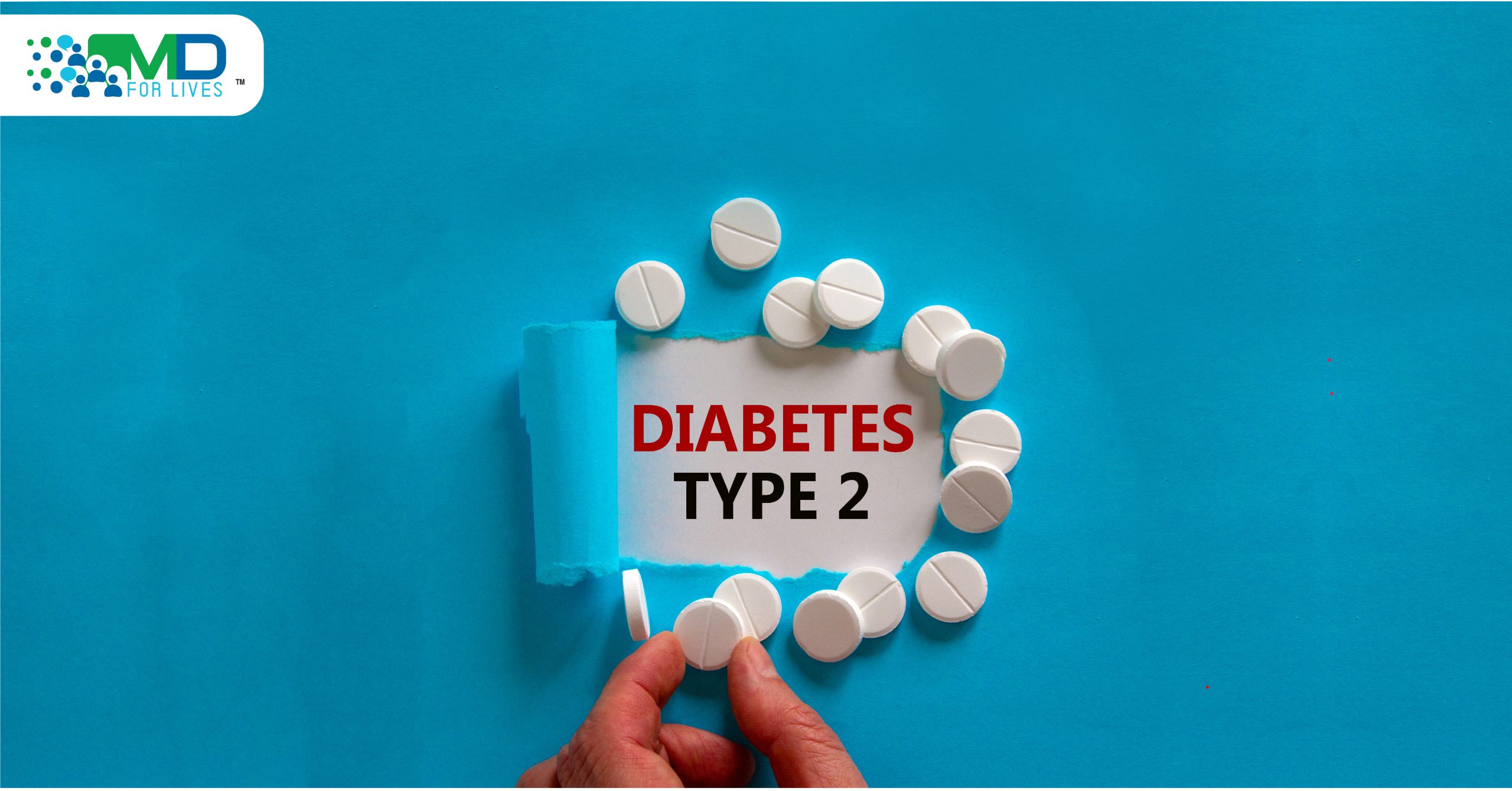Over the last few years, there have been significant breakthroughs in the management of Type 2 diabetes (T2D).
Sodium–glucose cotransporter-2 inhibitors (SGLT2i) and glucagon-like peptide 1 receptor agonists (GLP1RA) are new classes of glucose-lowering medications that are likely to represent the greatest worldwide change in T2D for decades.
SGLT2i + GLP1RA are the preferred 2nd line agents after metformin in most patients with T2D because:
- They reduce glucose levels by novel mechanisms and do not cause hypoglycemia in or of themselves.
- They typically lead to weight loss.
- They reduce mortality from cardiovascular disease (CVD) and slow the progression of diabetic renal disease independent of effects on glycaemic control.
The demand for cardiovascular outcome trials (CVOTs) in the field of glucose-lowering agents has grown in prominence ever since 2008, following the withdrawal of rosiglitazone (due to its association with increased cardiovascular disease).
Empagliflozin
In 2015, the EMPA-REG trial demonstrated that the SGLT2 inhibitor, empagliflozin (Jardiance, Boehringer Ingelheim, Ridgefield, CA, USA), significantly reduced the rate of cardiovascular (CV) events compared with placebo.


The table below shows a prespecified Cox regression analysis of data for subgroups of patients with respect to the primary outcome and death from CV causes.

The graph below shows a clear reduction in glycated hemoglobin levels with empagliflozin compared to placebo.

One weakness of empagliflozin was that adverse events were almost the same rate as with the placebo, showcasing a need for therapy that improved on that factor.

Canagliflozin
The CANVAS study (2009-2017), showed that patients who took the SGLT2i canagliflozin (Invokana, Janssen, Beerse, Belgium) had a lower risk of CV events vs placebo. However, liraglutide also had a greater risk of amputation (at the toe or metatarsal).






Liraglutide
The LEADER trial (2010-2015), showing the CV effect of the GLP-1 agonist liraglutide (Victoza, Novo Nordisk, Bagsværd, Denmark), demonstrated the rate of the first occurrence of death from cardiovascular causes, nonfatal myocardial infarction, or nonfatal stroke among patients with T2DM was lower with liraglutide than vs placebo.
However, though its efficacy in lowering glucose levels was established, and there was proof of small reductions in weight and blood pressure. It was also associated with an increase in pulse rate.




Semaglutide
The SUSTAIN-6 trial (2013-2016), demonstrated that in patients with T2D who had high CV risk, the rate of cardiovascular death, nonfatal myocardial infarction, or nonfatal stroke was considerably low with the GLP-1 receptor semaglutide (Ozempic, Novo Nordisk, Bagsværd, Denmark) than vs placebo.





Exenatide The EXSCEL study (2010-17) attempted to determine the efficacy of a once-weekly 2mg subcutaneous injection of exenatide (Bydureon Bcise, AstraZeneca, US) compared to placebo, in patients with T2D with or without previous CVD. The 3 primary outcomes were the first occurrence of death from cardiovascular causes, nonfatal myocardial infarction, or nonfatal stroke. Results showed the incidence of the major adverse cardiovascular event did not differ significantly between patients who received exenatide and those who received placebo. The trial data was also affected by a large rate of patient discontinuation.




Dapagliflozin
DECLARE-TIMI 58 (2018) had the SGLT2i, dapagliflozin (Farxiga, AstraZeneca, Cambridge, UK). The trial showed, in patients with T2D who had or were at risk for atherosclerotic cardiovascular disease, treatment with dapagliflozin did not result in a higher or lower rate of major adverse cardiovascular events (MACE) vs placebo. However, it did result in a lower rate of cardiovascular death or hospitalization for heart failure, reflecting an overall lower rate of hospitalization for heart failure.





The main issue with the aforementioned CVOTs was that they involved patients either with established CVD or chronic renal failure at baseline. It is therefore hard to extrapolate these findings to the entire T2D population. These CVOTs have only addressed short-term outcomes and failed to consider complications like amputation, renal failure, blindness, CV death that do not tend to manifest until after 5 years.
This is where the REWIND study comes into prominence.
Dulaglutide
Dulaglutide (Trulicity, Lilly, Indianapolis, IN, USA) is indicated for the reduction of MACE in adults with T2D who have established CV disease or multiple cardiovascular risk factors, making it the first T2D medicine approved to reduce the risk of MACE for both primary and secondary prevention populations. In the REWIND trial, Dulaglutide (1.5mg once weekly) was shown to be an effective treatment in adults with insufficiently controlled type 2 diabetes mellitus as an adjunct to diet and exercise, or as monotherapy when metformin is considered inappropriate due to intolerance or contraindications.
In REWIND, only a third of patients had established cardiovascular disease. The trial ran for c5 years, and the findings showed a reduction in the three-point MACE (3P-MACE) – a composite of cardiovascular (CV) death, nonfatal myocardial infarction (MI), and nonfatal stroke, of c12% and reduction in all components of MACE, although only the stroke reduction was statistically significant.


The REWIND study also showed dulaglutide’s efficacy in providing modest changes in HbA1c (-0.46% versus +0.16% with placebo) and weight (-2.95 kg versus -1.49 kg with placebo).
REWIND’s broad patient population, including a high proportion of women (46%), people without established CVD, and inclusion of participants with a lower mean baseline HbA1c (7.2%), suggest that the findings could be applicable to patients with T2D seen in everyday clinical practice worldwide. The study authors concluded that dulaglutide could be considered for the management of glycemic control in middle-aged and older people with T2D with either previous CVD or CV risk factors. The study also showed improvements in renal function, and improved retinopathy outcomes compared to semaglutide in SUSTAIN-6. The table below, taking in all key CVOTs, showcases the strength of dulaglutide against its competitors in stroke risk.

The results of REWIND suggest that it might be worth considering introducing agents like dulaglutide early in the treatment stage, especially in patients with significant risk factors. Overall, these CVOTs demonstrate GLP-1 agonists and SGLT2 inhibitors are fast becoming the strongest armament in a constantly evolving arsenal of treatment for T2D.







